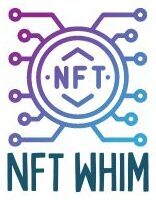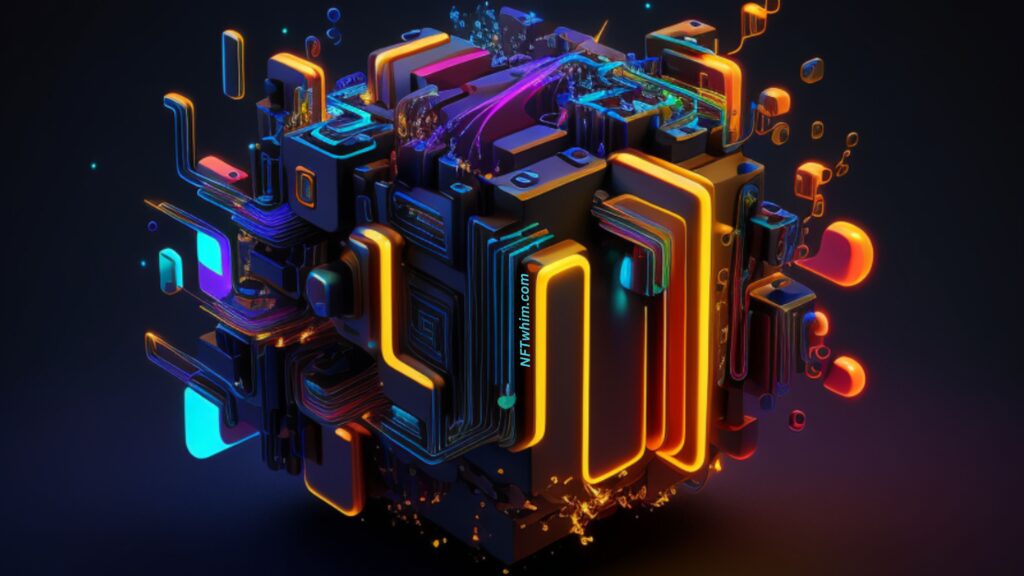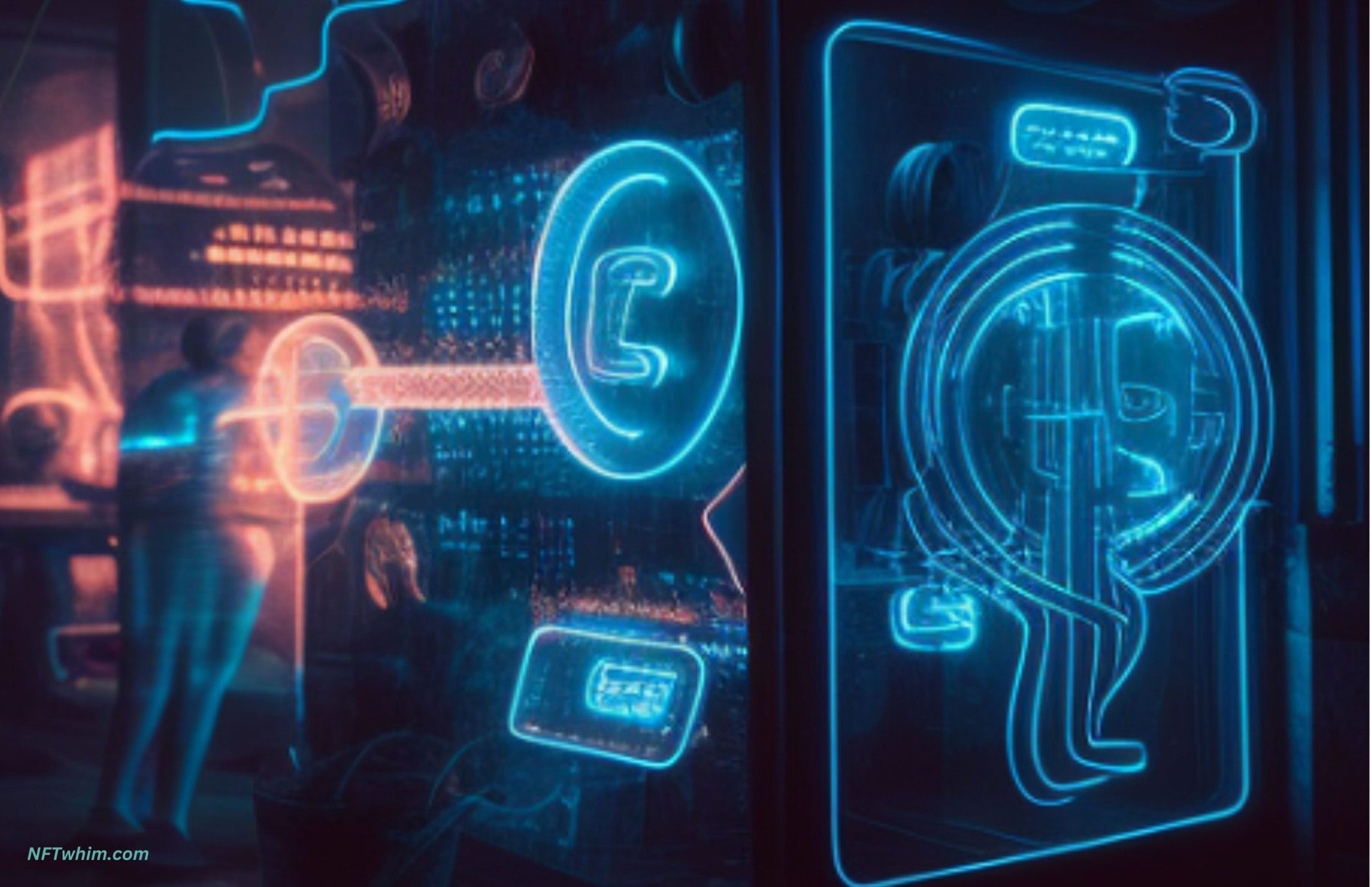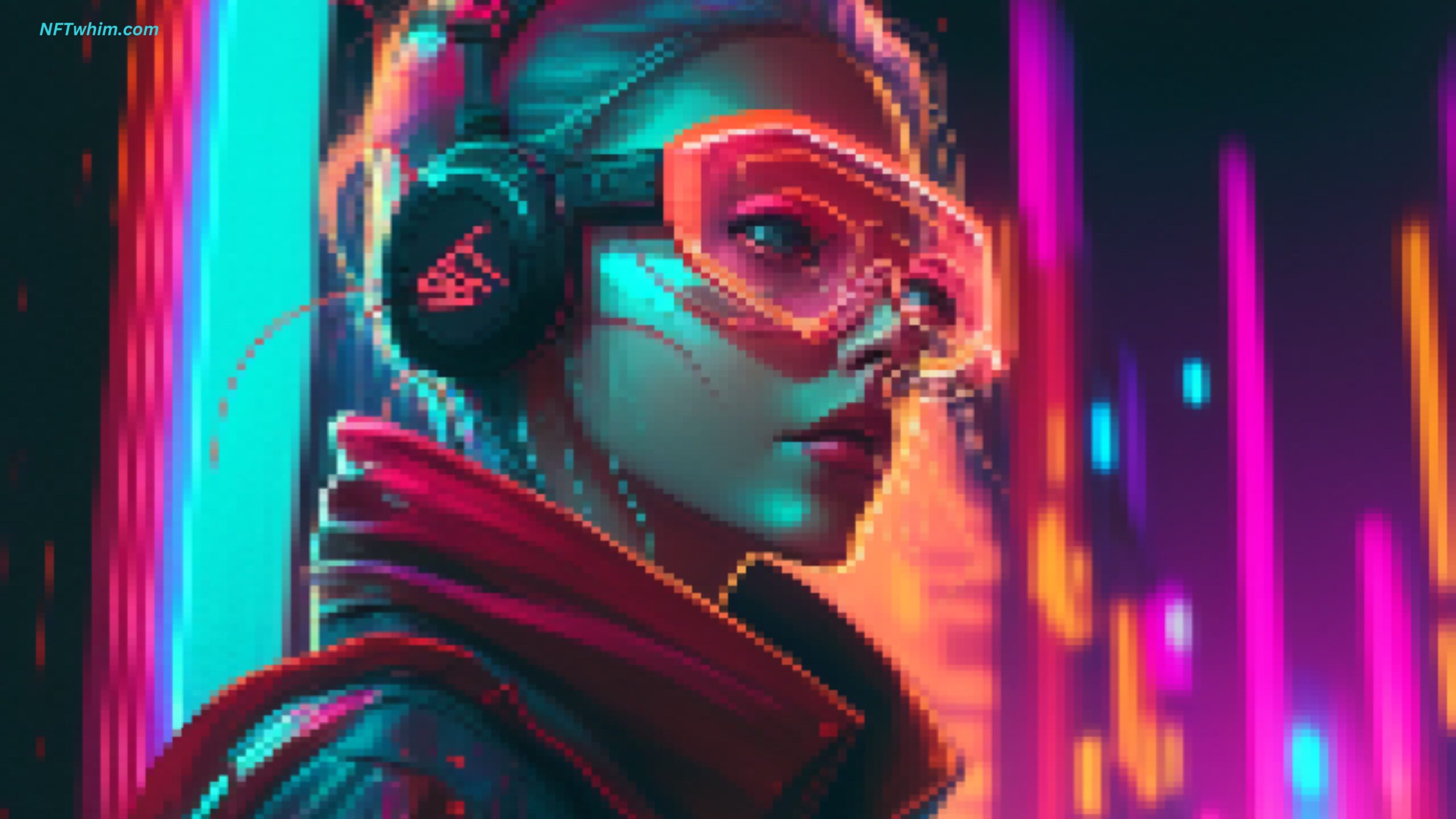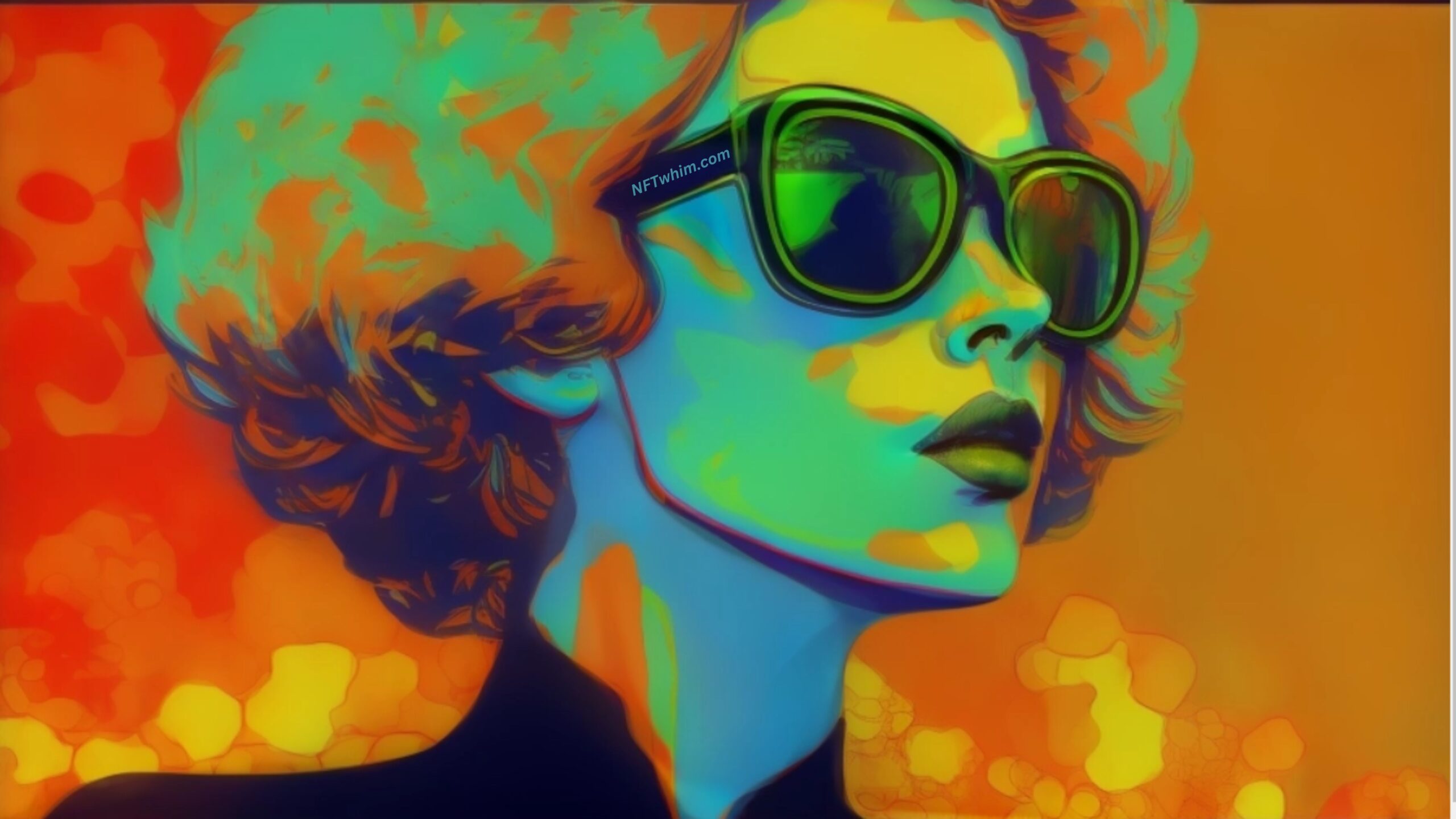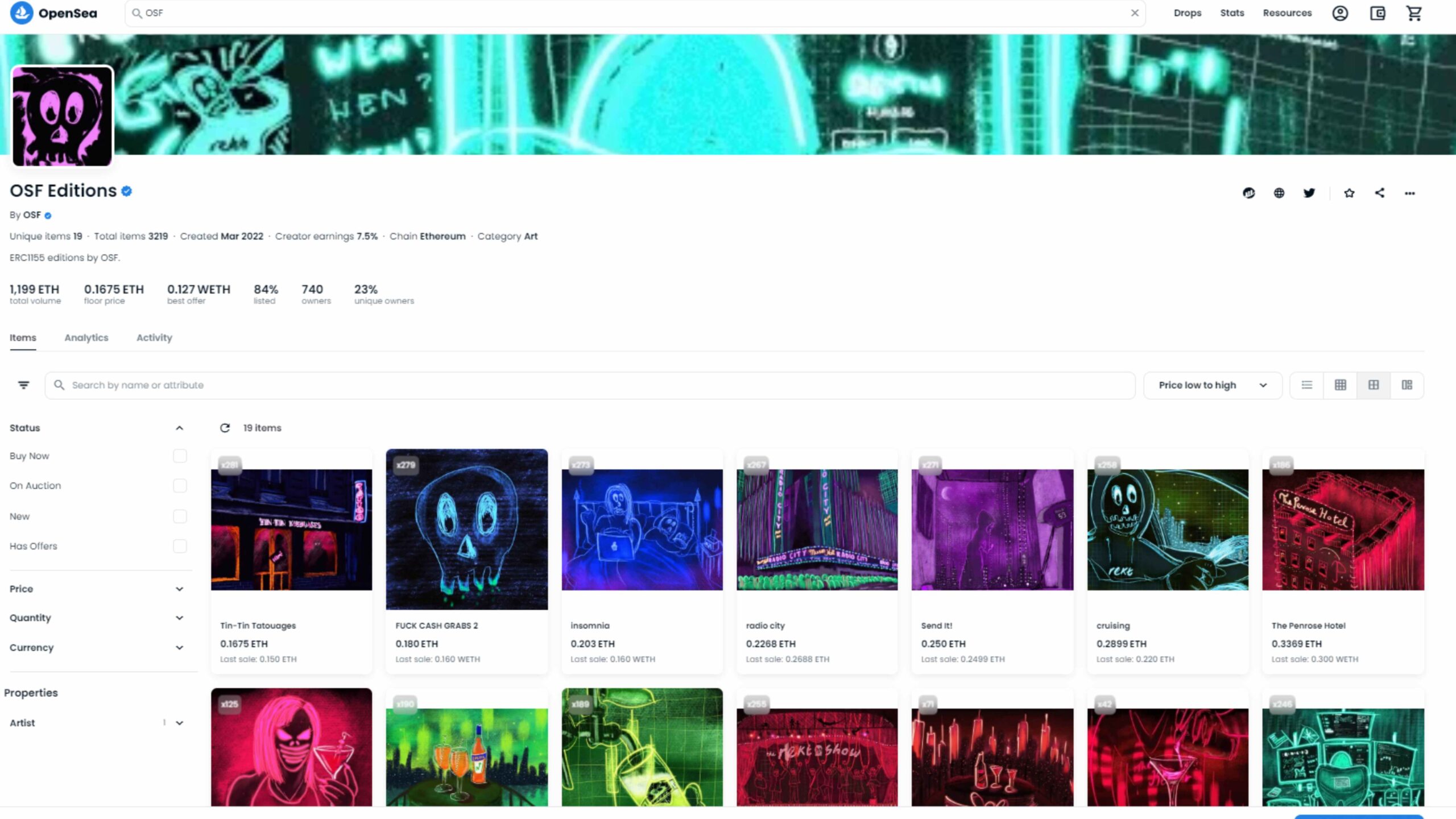Have you heard of 3D NFTs? If not, now is the time to get acquainted with this new form of digital asset that’s shaking up the world as we know it.
In this article, we’ll explore what 3D NFTs are, how they work and why so many people are excited about them. We will also discuss some potential risks associated with these assets in order to give readers a comprehensive overview of what 3D NFTs really mean for all types of collectors. Whether you’re an experienced collector looking for something new or just getting started in the crypto space, this guide has got everything you need to understand the basics behind this innovative technology.
So let’s start learning – let’s find out what 3D NFTs are!
But before diving in, if you are an artist looking to create your own 3D NFTs, we have a guide for you about this in the linked text!
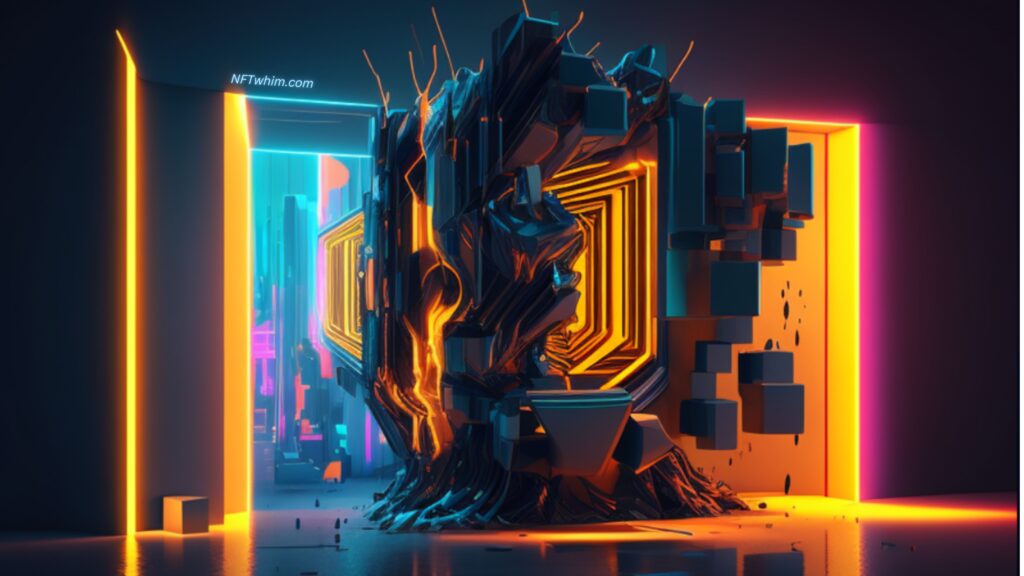
Definition Of 3D NFTs
What are 3D NFTs? A non-fungible token (NFT) is a digital asset stored on the blockchain, which represents something unique and can’t be replaced or exchanged. It’s like having your own virtual item that you can use however you wish – just like owning physical property. Unlike traditional tokens such as Bitcoin, and Ethereum, an NFT does not represent fungible value; it has its own individual characteristics that make it irreplaceable. This makes them ideal for collecting rare items and artwork, since each one is different from any other.
3D NFTs take this concept even further by allowing users to create three-dimensional objects with their own set of attributes. They come in many shapes and sizes—from simple cubes to detailed statues—and can contain various visual elements and features including textures, animations, sound files, etc. Just like regular NFTs, every 3D NFT is completely unique and cannot be easily duplicated or exchanged with another user. With all these components combined together they form an incredibly powerful tool for creators looking to bring their ideas into the world of blockchain technology. So what exactly is a non-fungible token? Let’s explore this in more detail!
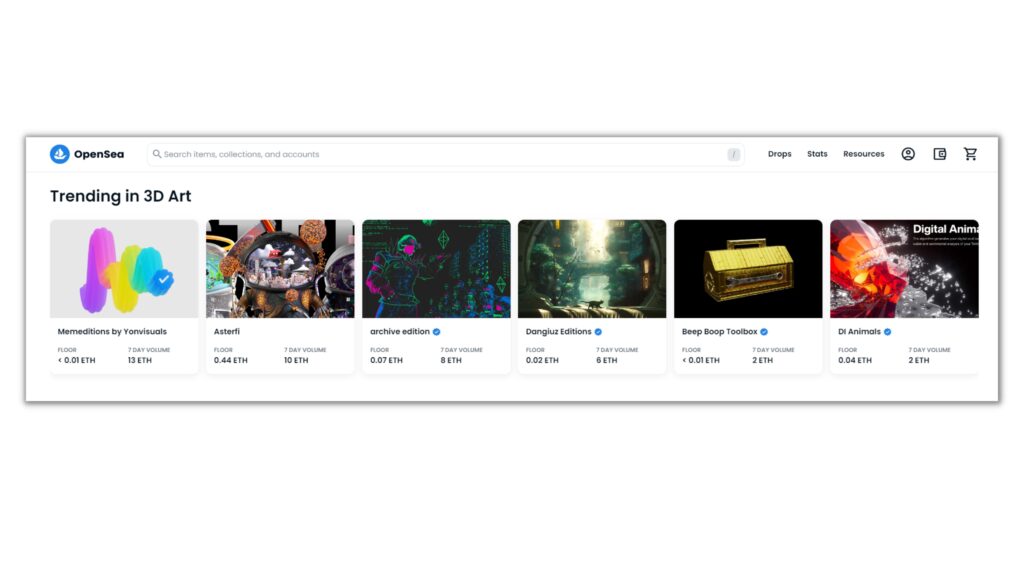
What Is A Non-Fungible Token?
A Non-Fungible Token (NFT) is a special type of cryptographic token which represents something unique and non-interchangeable. Unlike the standard fungible tokens, NFTs are not mutually interchangeable or divisible; each one has its own distinct identity and attributes that set it apart from other digital assets. This allows them to be used as a form of digital ownership for items such as artwork, music, physical goods, virtual land, and much more.
NFTs offer many advantages over traditional forms of ownership because they’re secure, immutable, transparently transferable across networks, and easily verifiable on the blockchain. They also provide users with increased control over their digital assets – no third party can ever take them away. Furthermore, due to the decentralized nature of blockchain technology, transactions involving NFTs are secured against fraud and censorship. These features make NFTs ideal for use cases in gaming and collectibles markets where provenance matters immensely. Additionally, they can also be used to facilitate peer-to-peer trading on platforms like OpenSea without any intermediary fees or restrictions imposed by centralized authorities.
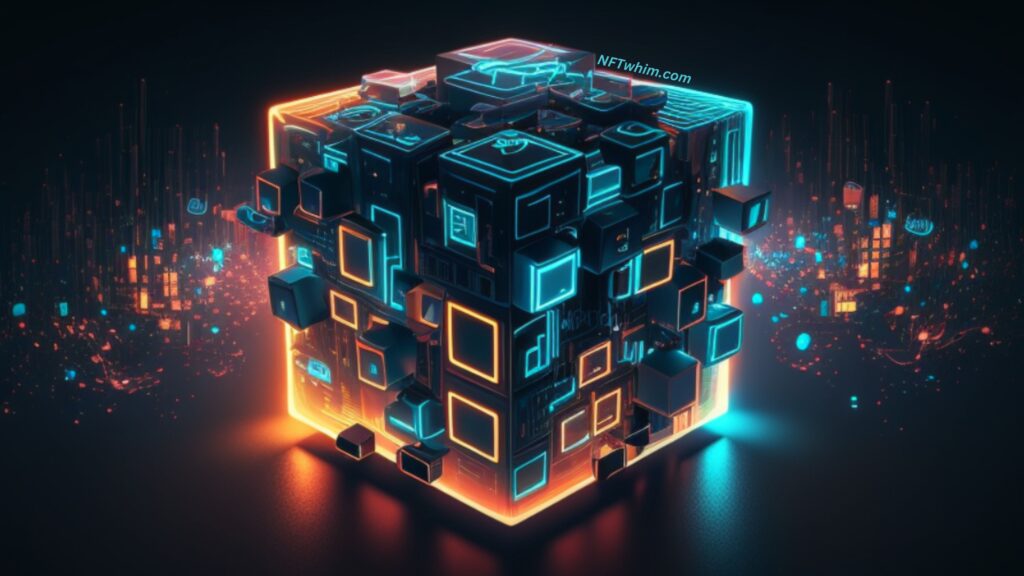
Benefits Of 3D NFTs
Breaking the chains of traditional art and finance, 3D NFTs are opening up a world of opportunity for tokenizing assets and creating digital scarcity. Their advantages make them an attractive option for creators looking to monetize their work in ways that weren’t possible before. From cost-efficiency to flexibility, here are just some of the benefits they offer:
First, with 3D NFTs, there is no need to pay third parties or intermediaries as all transactions occur on blockchain networks directly between two parties. This not only reduces overhead fees but also greatly increases security by having data stored securely on a decentralized ledger system. Additionally, since these tokens can be easily divided into smaller units, it makes buying and selling more efficient than ever before.
Second, 3D NFTs provide individuals with greater control over their assets compared to traditional systems. By tokenizing items such as artwork or collectibles, owners can have complete ownership over these assets and even receive royalty payments from secondary sales if desired. Furthermore, because these tokens are non-fungible and unique from one another, buyers know exactly what they’re getting when purchasing an item.
Finally, thanks to the transparent nature of blockchain technology where every transaction is recorded publicly on the ledger system, users don’t have to worry about fraudulent activities taking place behind closed doors like with traditional methods. With smart contracts automatically enforcing agreements between both sides of the transaction and providing immutable records for everyone involved – trust issues become practically nonexistent within this ecosystem.
With so many advantages offered through 3D NFTs – it’s easy to see why they’ve gained popularity amongst people looking for new ways to tokenize and store value efficiently while maintaining full control over their asset at all times. Moving forward now into the challenges associated with using NFTs…
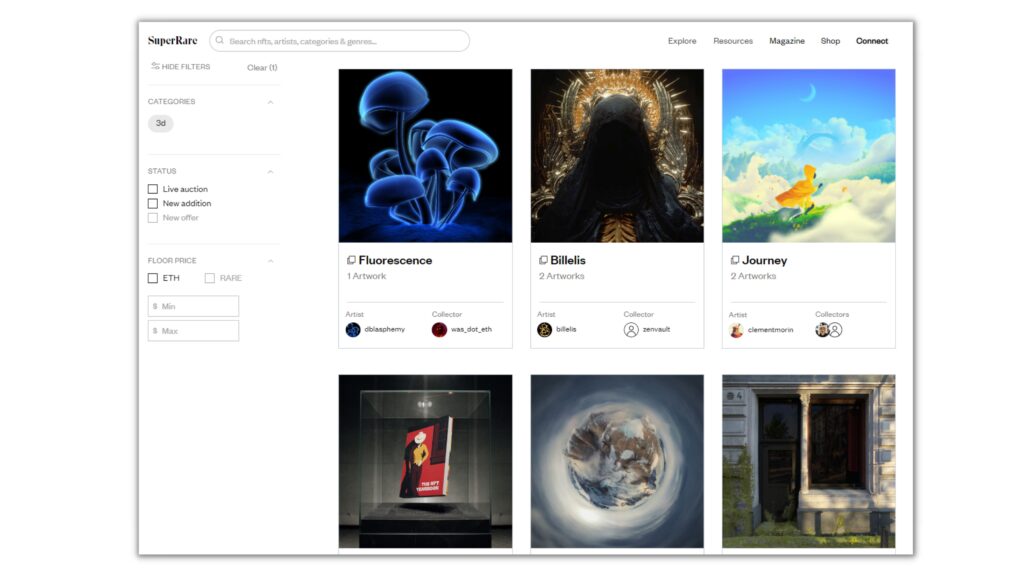
Challenges Of 3D NFTs
When it comes to 3D NFTs, there are a number of challenges that need to be addressed. These include complexity, scalability concerns, interoperability issues, storage constraints and security challenges.
The complexity associated with 3D NFTs is one of the biggest roadblocks for developers. There are many layers involved in creating these digital assets, from modeling them through coding and rendering them into a usable format. This means even experienced developers have difficulty mastering the technology quickly enough to keep up with the demand for 3D NFTs. Furthermore, due to the amount of data necessary for each asset’s creation process, transaction fees can become extremely expensive when dealing with large-scale projects.
Interoperability also poses an issue when developing 3D NFTs because different platforms may not be compatible with one another or accept certain file formats. Additionally, storage concerns exist as well since some types of files take up more space than others while requiring significant bandwidth if they’re being transferred over networks or distributed among multiple users. Finally, security is always an important consideration when working on any project involving blockchain technology, particularly when it comes to protecting valuable digital assets such as 3D NFTs from hackers and other malicious actors.
All these considerations make clear that creating 3D NFTs requires considerable thought and effort before embarking on this venture. It’s essential to consider all aspects carefully in order to ensure success and avoid costly mistakes down the line.
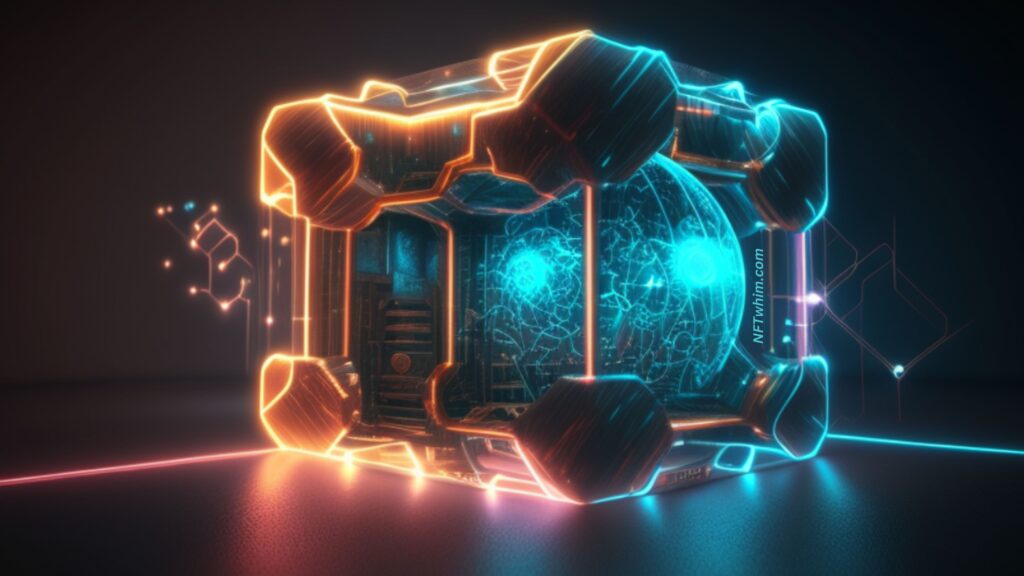
Marketplaces For 3D NFTs
Are you looking to get involved with 3D NFTs? If so, then the first thing you need to know is that there are a number of great marketplaces available. These platforms allow buyers and sellers to interact in order to facilitate transactions between digital asset holders. For example, popular 3D NFT marketplace platforms include OpenSea, SuperRare, Rarible, Zora, and Foundation.
These marketplaces provide users with access to a vast selection of 3D digital assets from all over the world. Additionally, many of them also offer features like decentralized exchange support, non-fungible token tracking tools, and various forms of liquidity provisioning services. This enables users to easily find the best deals for their needs as well as take advantage of other benefits offered by these platforms such as reduced transaction fees or faster transaction speeds compared to traditional exchanges. With this wide array of services available on these digital asset marketplaces, it’s no wonder why they have become so popular among traders and investors alike.
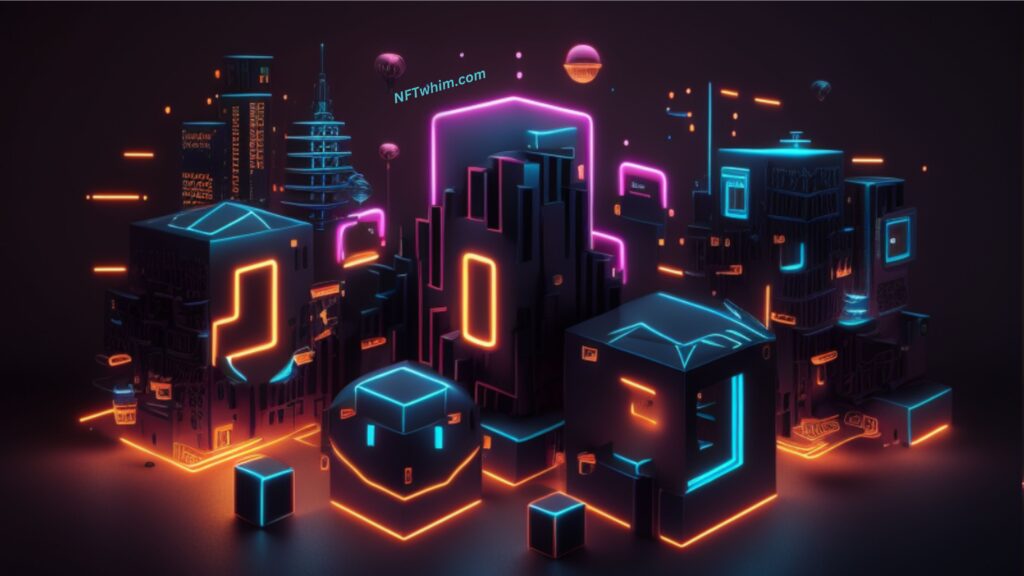
How To Collect 3D NFTs
Collecting and investing in 3D NFTs can open up a world of possibilities for crypto enthusiasts. As the technology behind this type of digital asset is still relatively new, it’s important to understand both the potential rewards and risks associated with collecting and investing in these assets.
When considering how to collect or invest in 3D NFTs, there are several factors that must be taken into consideration. First, having an effective investment strategy is key when building out your NFT portfolio. This can include determining what types of 3D NFTs you want to buy and at what price point – whether they’re related to art, gaming, sports memorabilia, music, or something else entirely. Additionally, researching marketplaces where 3D NFTs are traded is also essential as each marketplace has different fees and requirements for trading. Finally, understanding blockchain platforms suitable for 3d NFTs will help ensure that any transactions made on these platforms remain secure while minimizing potential losses from fraudulent activity.
Knowing each step involved in collecting and investing in 3D NFTs can lead to success within the expanding cryptocurrency space. With proper research and planning comes increased confidence about the decisions being made – allowing investors to reap the benefits of their chosen investments over time. The next section will discuss blockchain platforms suitable for 3D NFTs so readers have more information about making informed decisions when entering this exciting world of digital assets.

Blockchain Platforms Suitable For 3D NFTs
Awe-inspiring. That’s the only way to describe the potential of 3D NFTs. A new world of creative possibilities awaits us, with blockchain technology providing a secure foundation for the creation and trading of digital assets. But what platforms exist that are suitable for creating and hosting 3D NFTs?
To answer this question, let’s explore some of the leading blockchain-based platforms available today. Ethereum is a popular choice as it offers powerful tools for developers to create their own 3D NFT projects on its platform. Additionally, many established crypto companies such as Enjin offer their own NFT Platforms which provide everything from 3D and other NFT creation, to tokenization services, allowing users to create high quality digital art in minutes. Finally, there are various independent marketplaces where users can buy and sell 3D NFTs securely without worrying about security risks associated with them.
With these options at hand, anyone looking to get involved in the burgeoning world of 3D NFTs will find something that suits their needs – whether they’re an experienced developer or just starting out exploring this exciting new frontier!
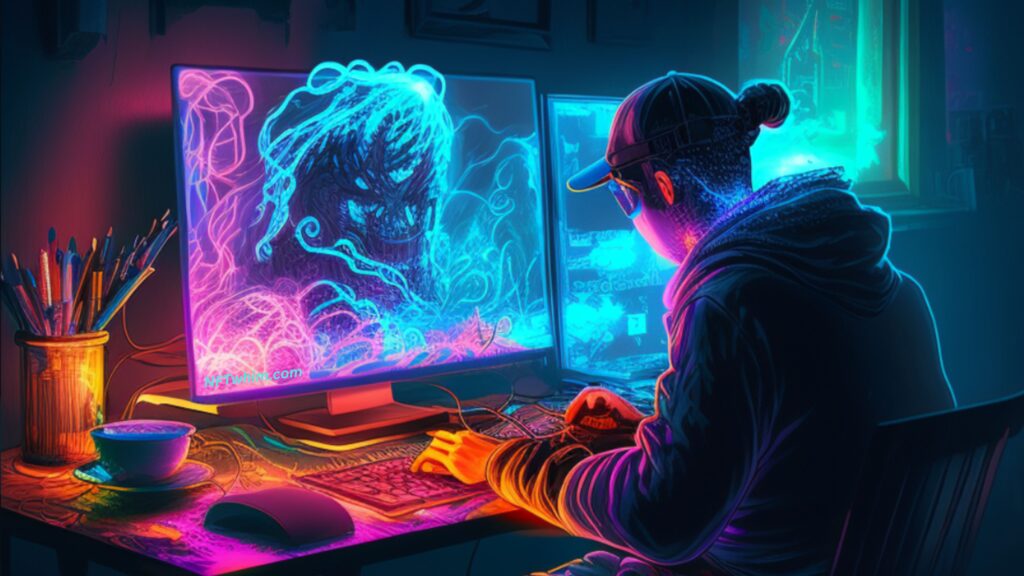
Security Risks Associated With 3D NFTs
The rise of NFTs, including 3D NFTs, has brought with it a variety of security risks. Blockchain technology is becoming increasingly popular, and this means that more and more digital assets are being stored on the blockchain. As such, there is an increased risk of theft or other malicious activity related to these assets. Additionally, due to the decentralized nature of many blockchains, it can be difficult to track down hackers if they do manage to steal something from the blockchain.
It’s also important to consider the potential for fraud when using NFTs. With so much money involved in these transactions, it’s important to ensure that all parties involved are legitimate and trustworthy. This can be done by verifying identity documents as well as researching any third-party services used for storage or trading of NFTs. By taking these precautions ahead of time, users can help protect themselves from fraudsters who may try to take advantage of them during a transaction.
With all this in mind, investing in NFTs requires careful consideration and understanding of both their benefits and associated risks. Knowing how to minimize risk while still taking advantage of the potential rewards offered by NFTs is essential for anyone looking to make investments in this space. It’s also critical that users stay up-to-date with regulations surrounding NFTs as these rules are constantly changing and evolving. Understanding these changes will help ensure users remain compliant while protecting their investments at the same time.
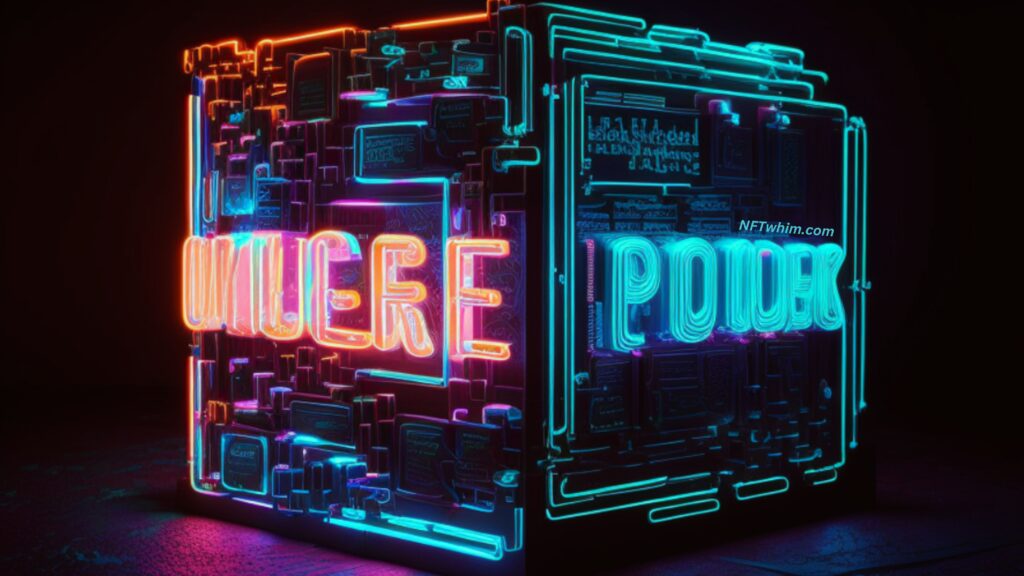
Regulations Surrounding 3D NFTs
When it comes to regulations surrounding NFTs, including 3D NFTs, there are a few important considerations that should be taken into account. Though the legal framework for NFTs is still developing, some jurisdictions have begun introducing compliance requirements and regulatory implications specific to this type of asset class. As such, it’s important for those utilizing or investing in NFTs to stay up-to-date with any relevant NFT legislation as well as other potential rules governing these assets.
That said, given the relatively new nature of NFTs, investors need to do their due diligence and carefully assess any risks before engaging in transactions involving them. It’s also key that one stays informed on any changes regarding current or future laws pertaining to digital assets since they can quickly become outdated and may not provide the same level of protection as more established securities. While regulation around NFTs continues to evolve, understanding its implications will help ensure safe use and investment over time. With an awareness of the existing legal landscape, users can confidently make decisions that give them peace of mind while enjoying all the benefits offered by this exciting form of digital asset ownership.
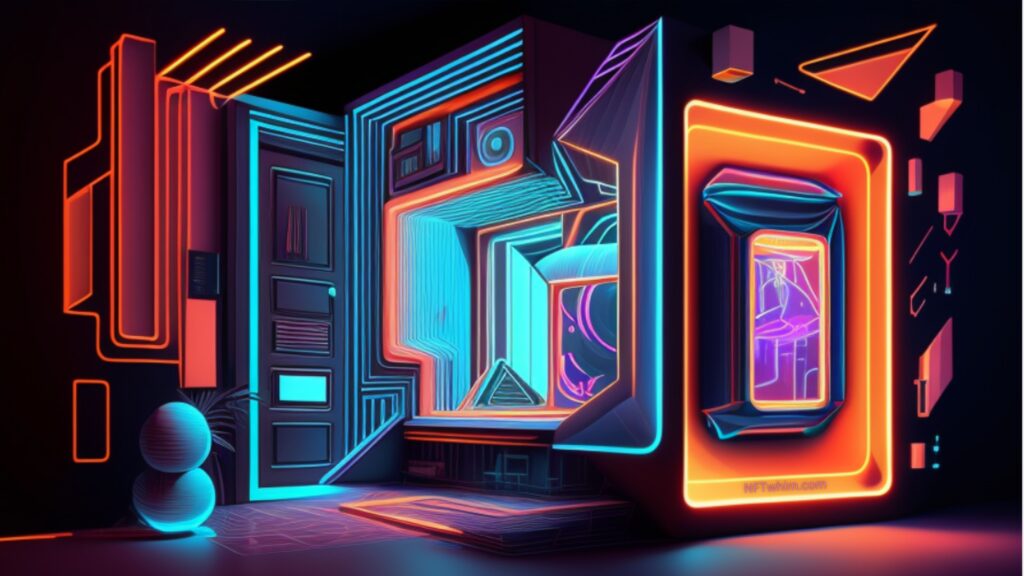
Potential Future Developments In 3D NFTs
The potential of 3D NFTs to revolutionize the virtual goods market is clear. The possibilities that can be unlocked with this technology are seemingly endless and could have a profound impact on how we interact with digital products in our daily lives. By combining 3D printing, augmented reality, video gaming, virtual reality, and music streaming into one platform, users will have access to an incredible array of items for purchase or trade. With further advances in blockchain technology it’s possible that non-fungible tokens could become ubiquitous among those who use them.
One exciting development may be the ability for people to create their own unique digital collectibles. This would allow users to customize their collection based on personal tastes while also providing a new avenue for creative expression. It would also open up the door for creators to monetise content directly through tokenised rewards and exclusive experiences. These innovations could truly change the way we interact with digital assets and bring us closer together as a global community.
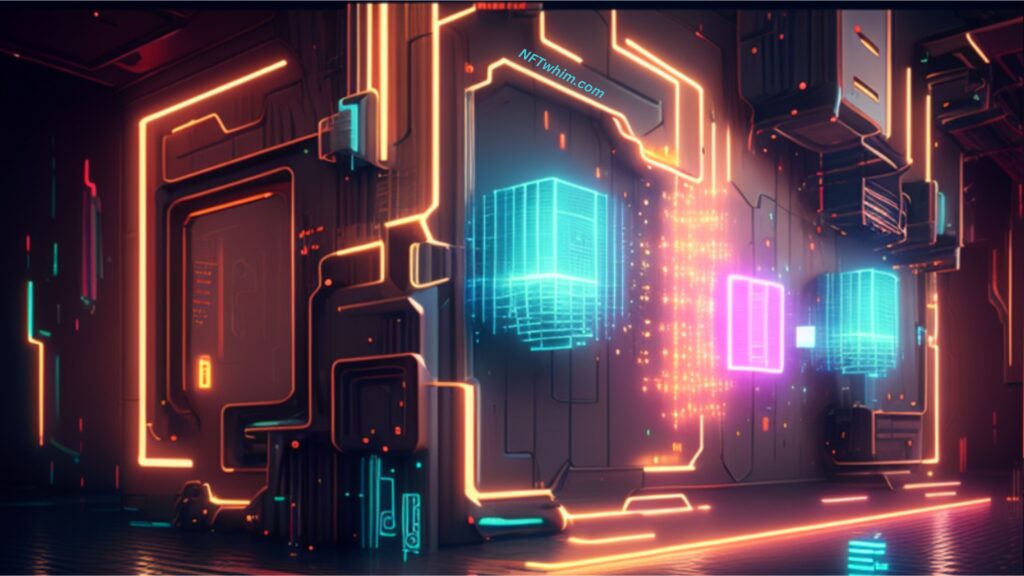
Final Words
In conclusion, 3D NFTs are a revolutionary new technology with tremendous potential. They offer benefits such as increased scarcity and authenticity that can be used to create unique digital art pieces or valuable collectibles. However, there are also challenges associated with these tokens, including the need for special software and hardware skills to produce them, as well as regulatory uncertainty in some countries. Despite this, many inspiring projects have already been created using 3D NFTs and more will no doubt follow suit.
It’s clear that 3D NFTs can open up exciting doors for both artists and collectors alike. Through their ability to tokenize physical objects into digital assets on the blockchain, they provide an unprecedented level of control over ownership rights while creating brand-new opportunities to monetize creative works. Ultimately, it looks like we’re just beginning to scratch the surface of what these powerful tokens could do for us in the future!
So don’t miss out on the chance to get involved in this emerging industry – explore all your options today and see how you can benefit from 3D NFTs!
Author: Robin Olsson
Author Bio: I’m Robin and on this website, I share everything I’ve learned since getting into NFTs in 2021. I have a background in research and I’ve been in crypto for several years. You can read more about me here.
